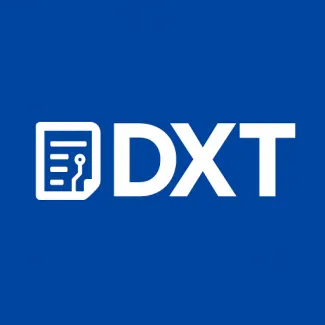The world of AI development is moving at an incredible pace, and Google's Gemini API is continuously evolving to provide developers with more powerful, flexible, and efficient tools.
AI models
This tutorial concludes by showing how to build specialized AI assistants, or "Gems," using prompt engineering with a general-purpose model like Gemini. Gems are custom AI models excelling at specific tasks, exhibiting domain expertise, specialized behavior, and consistent persona. This is achieved through a detailed system prompt, acting as the AI's "DNA," defining its persona, goals, constraints, and formatting. The prompt includes the AI's role (e.g., financial analyst), its function, limitations (e.g., avoiding giving investment advice), and desired response structure. A "Financial Analyst Gem" example demonstrates how a well-crafted system prompt transforms a general chatbot into a specialized, focused assistant. Mastering prompt engineering unlocks the Gemini API's flexibility, allowing creation of diverse AI assistants.
Gemini, a multimodal model, processes text, images, videos, and audio. Multimodal prompts combine different data types (e.g., an image and a question) in a single request. The API accepts an array of "parts," each a text string or inline data (like a base64-encoded image). A Python example demonstrates sending an image and text prompt to the Gemini API to analyze the image. Best practices include specific instructions, placing images before text in the `contents` array, and using the correct MIME type for image data.


